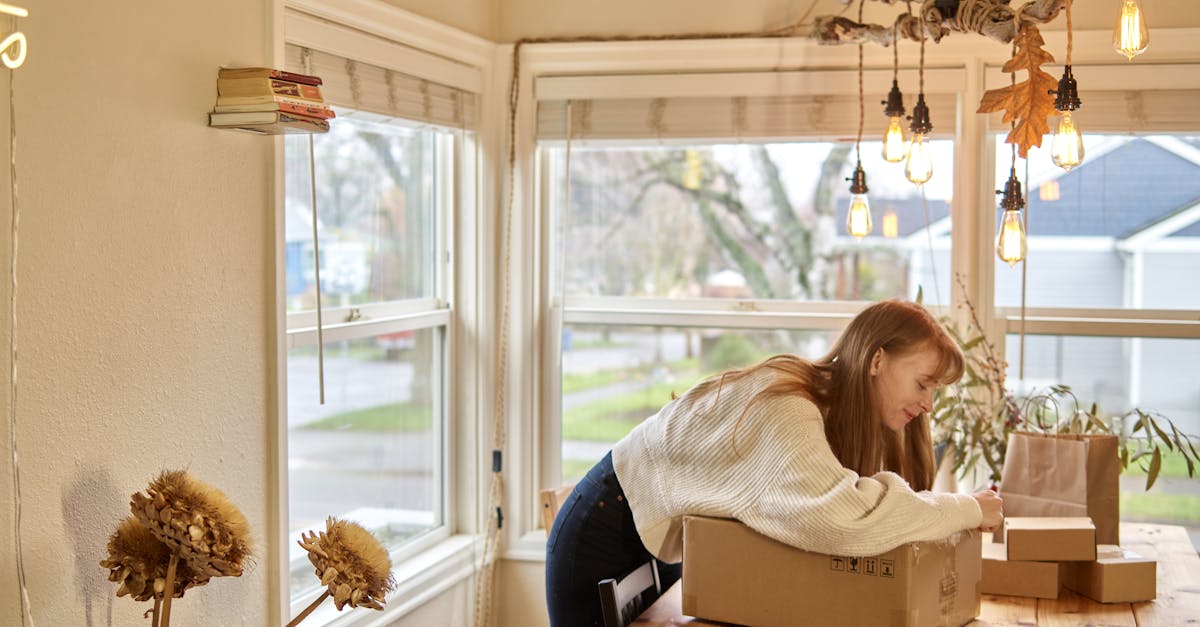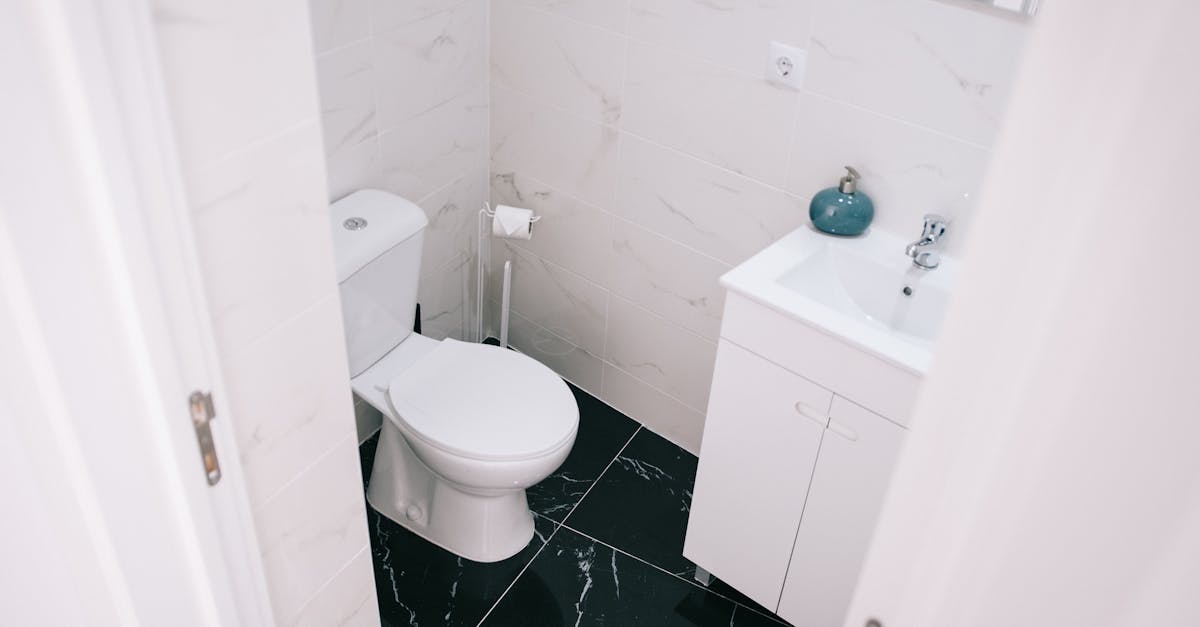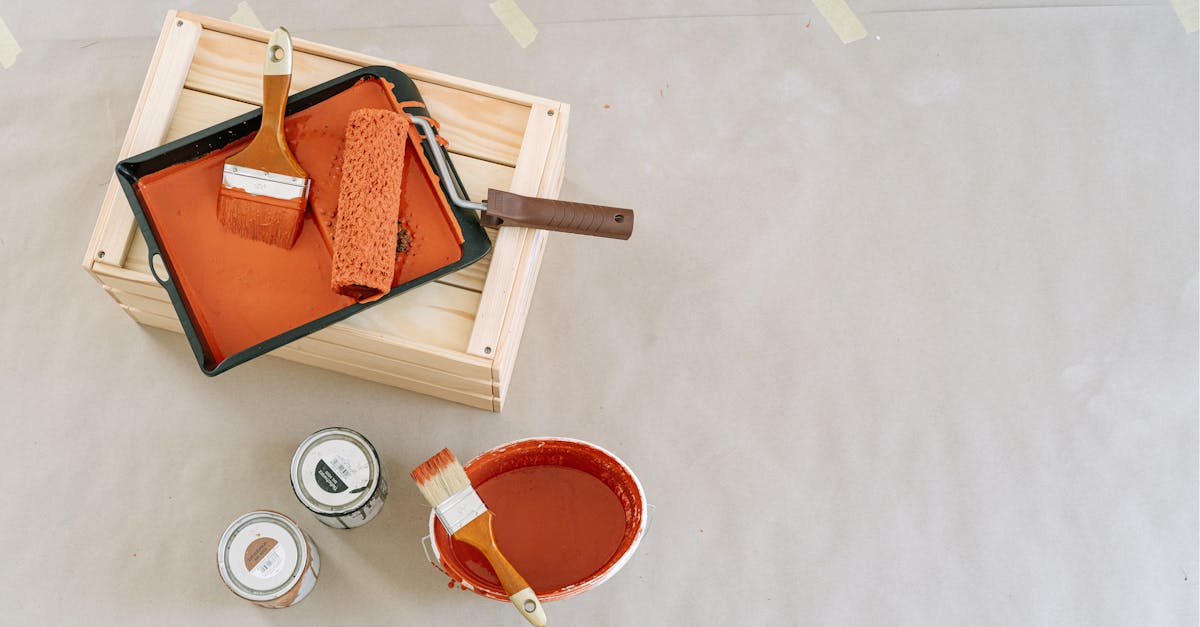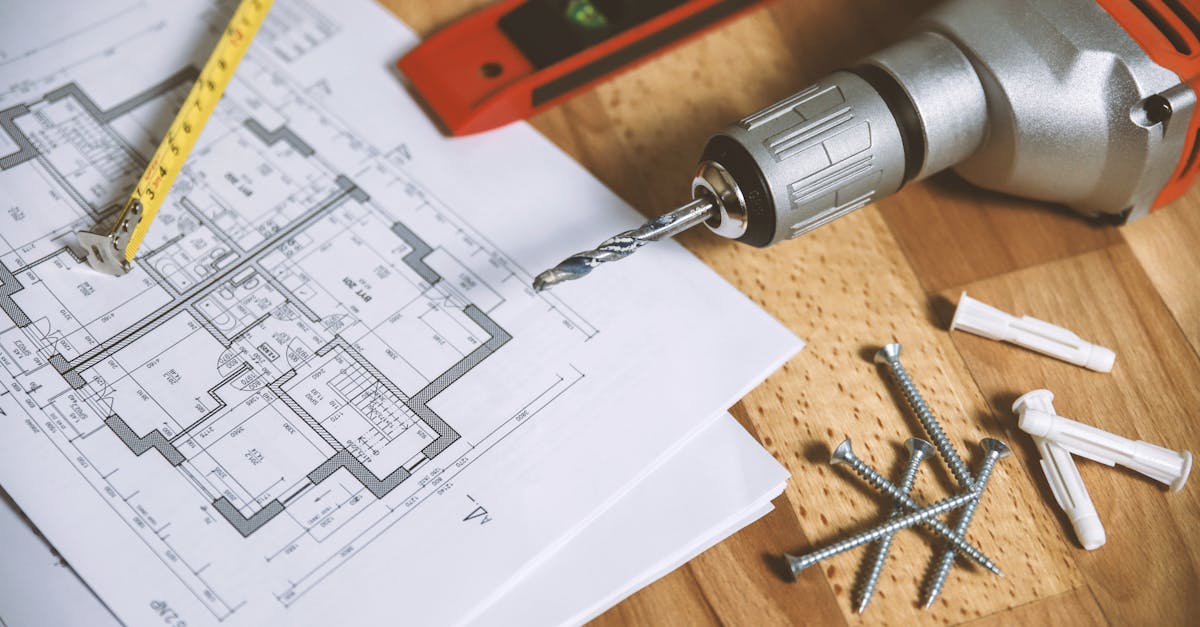How to Soundproof a Room DIY Guide
Introduction
In our bustling world, finding solace in a quiet room can be a challenge. Whether you're trying to create a peaceful sanctuary at home or reduce noise pollution for work purposes, soundproofing can be a game-changer. But is it possible to achieve without breaking the bank or hiring professionals? With a bit of DIY enthusiasm, you can significantly dampen noise in your space. This guide will walk you through straightforward steps and techniques to soundproof a room effectively. From utilizing household items to specific materials, we will cover various methods to make your living space quieter. Let's explore the art of soundproofing together.
Advertisement
Understanding Sound and Noise
To effectively soundproof a room, it's essential to grasp the fundamentals of sound and how it travels. Sound is a vibration that travels through air, reaching our ears and creating what we perceive as noise. It penetrates spaces through gaps, cracks, and even solid walls, leading to unwanted disturbances. Airborne noise, like voices and music, and impact noise, such as footsteps, can be mitigated with the right techniques. Identifying the type of noise can help determine the suitable method for soundproofing. Understanding sound transmission can greatly aid in creating a quieter environment.

cottonbro studio/Pexels
Advertisement
Sealing Gaps and Cracks
One of the simplest and most cost-effective soundproofing methods is to seal gaps and cracks. Noise often sneaks through small openings around windows, doors, and walls. Begin by identifying these problem areas and use an acoustic sealant or standard caulking to fill the gaps. For doors, installing a door sweep or weatherstripping can effectively reduce noise leakage. Windows can benefit from acoustic curtains, which add an extra layer to prevent sound travel. This simple step can drastically improve peace and quiet in the room.
Advertisement
Soundproofing the Walls
The walls are critical players in the sound transmission game. To enhance their ability to block noise, consider adding mass or additional layers. One effective method is to install acoustic panels, which are designed to absorb sound and reduce echo. They come in various designs and can double as decorative elements. Additionally, using dense materials like mass-loaded vinyl can add significant weight to the walls, mitigating sound waves. Another practical option is to create a double drywall system, using staggered-stud construction to prevent sound vibrations from passing through the wall.
Advertisement
Insulating Floors and Ceilings
Flooring can contribute to both generating and receiving noise. To address this, thick carpets or rugs can absorb sound and minimize echoes. Underneath, use soundproofing underlays which help dampen impact noise, such as footsteps. If possible, installing cork or rubber flooring can further enhance noise reduction. The ceiling shouldn't be overlooked, as it can transmit sound both ways. Acoustic ceiling tiles or adding extra layers of drywall can vastly improve sound insulation. Consider implementing a suspended ceiling system for amped-up soundproofing.
Advertisement
Furniture and Decor Techniques
Believe it or not, the furniture and decor in a room can play an integral role in soundproofing. Bookcases, closets, and storage units lining the walls can provide additional barriers against noise. Thick, heavy curtains or drapes are fantastic at keeping sound at bay, especially on windows. Consider using fabric wall hangings or tapestries to add another layer of sound insulation and an artistic touch. Strategically placing soft furnishings will absorb sound, reducing echoes and enhancing the space's tranquility.
Advertisement
Avoiding Sound Reflection
Sound reflection occurs when sound waves bounce off hard surfaces like walls and ceilings, amplifying noise. To address this, aim to minimize the number of reflective surfaces in your room. Consider using textured wallpaper or fabric panels to absorb sound waves effectively. Placing plants around the room can also help break up sound paths, preventing them from reflecting off flat surfaces. Soft, uneven surfaces will keep the sound waves from bouncing around, creating a more comfortable and less echo-prone environment.
Advertisement
Incorporating White Noise
While somewhat contradictory, sometimes it's helpful to introduce sound to counteract unwanted noise. White noise machines generate consistent, gentle sounds that mask disruptive background noises. These devices are especially useful in apartments or neighborhoods with constant street noise. Alternatively, sound machines or apps offer a variety of background sounds, from rain to nature sounds, creating a calming ambiance. The right white noise solution can make your room more relaxing, despite the noise environment outside.
Advertisement
Budget-Friendly Soundproofing Materials
Soundproofing doesn't need to cost a fortune. Many effective materials are available that fit within various budgets. Foam panels, for instance, come in different sizes and densities, offering an affordable soundproofing option. Moving blankets aren't just for transporting furniture; they make perfect noise absorbers when hung on walls. Even egg crate foam, with its textured surface, can help dampen noise to some extent. Additionally, recycling old carpets or rugs by laying them on the floor or hanging them on walls can contribute to reducing noise pollution. Smart shopping and a bit of creativity can go a long way in DIY soundproofing.
Advertisement
Conclusion
Successfully soundproofing a room requires a blended approach of strategies and materials. Each room may pose unique challenges, but understanding sound basics can help you tackle them effectively. From sealing gaps to incorporating soft furnishings, numerous methods can make a substantial difference in sound reduction. While creating a truly "soundproof" room might be a lofty goal, these practices and solutions can drastically improve the overall tranquility and comfort. By applying these DIY soundproofing techniques, you can transform your space into a peaceful retreat, away from the world's noise.
Advertisement








